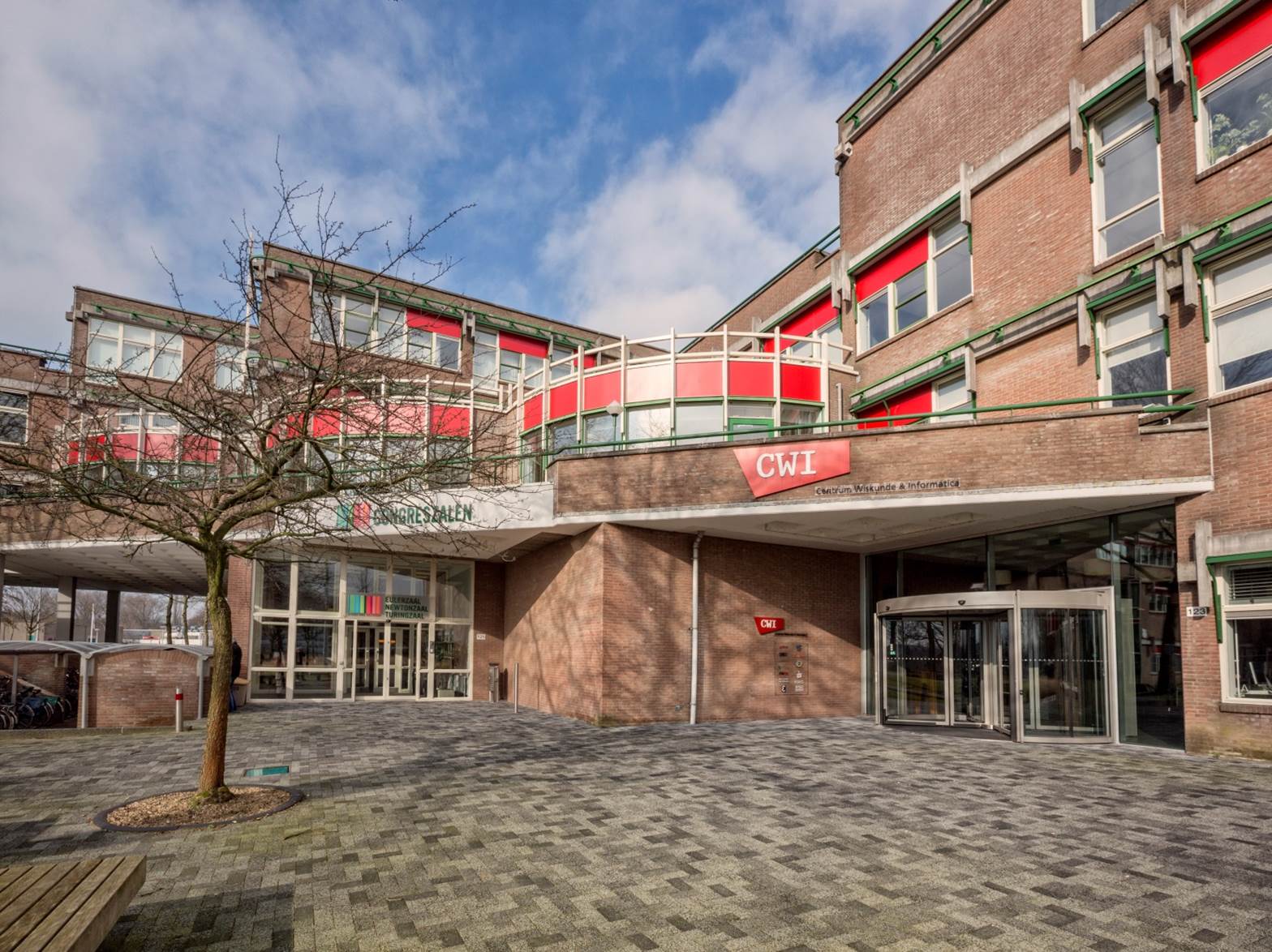Fourth NETWORKS interactive Phd Colloquium
The foruth edition of the NETWORKS Interactive PhD colloquium will be organised on 23 February 2018 at the CWI in Amsterdam.
Goals of the day
The goals of the Interactive PhD day are:
- To learn about other PhD projects in the NETWORKS community,
- To initiate and improve collaborations between PhD's,
- To gain experience in presenting.
For the third edition, 4 new speakers have been invited to organize an interactive session of approximately 60 minutes in which they will present a topic related to their work. The interaction may have many formats, ranging from exercises to open questions. There will be a good balance between algorithmic and stochastic topics; moreover, each session is aimed to be accessible for both the stochastic and algorithmic community within NETWORKS.
Programme
| 10:15 – 10:45 | Arrival with coffee / tea |
| 10:45 – 11:45 | Janusz Meylahn |
| 11:45 – 12:00 | Coffee / tea break |
| 12:00 – 13:00 | Bart Post |
| 13:00 – 14:30 | Lunch |
| 14:30 – 15:30 | Fiona Sloothaak |
| 15:30 – 15:45 | Coffee / tea break |
| 15:45 - 16:45 | Mark van der Boor |
| 16:45 - | Drinks, followed by dinner |
Abstracts
Synchronization of oscillators on the hierarchical lattice: A Tutorial (Janusz Meylahn)
I will first define the noisy Kuramoto model and explain how best to visualize this model. I will continue by going through some simple calculations of the model and final explain what my research is about by placing the model on the hierarchical lattice and explain the difficulties this brings with it.
Load-aware resource allocation in dense wireless networks (Bart Post)
The wireless networks providing us with WiFi, 4G and in the future 5G connections have reached the limit of their capacity due to the massive number of wireless devices and bandwidth hungry applications. To increase the capacity of these networks, operators (e.g. KPN) install more base stations (servers) in an area, allowing for smaller coverage areas and frequencies to be reused more often. Of course, this network densification introduces new challenges in the areas of user association and the frequency allocation.
In this interactive presentation I will start by giving an intuitive and low-level explanation on how wireless communication works, and how we can use frequencies to transmit data. After this I will describe a system that combines wireless and optical communication, so-called Radio-over-Fiber networks, and explain how these two domains influence each other and give rise to new frequency allocation constraints. Lastly, I will show a dynamic frequency allocation algorithm which uses load measurements at the base stations. I will present numerical results that show how different parameters influence the behaviour of the algorithm, and also that this dynamic algorithm outperforms a static allocation.
EV charging stations with battery swapping: a queueing perspective (Fiona Sloothaak)
Electric Vehicle (EV) charging stations with battery swapping are a promising solution for offering timely refueling services in the future. By offering fast battery swapping, i.e. replacing a depleted battery by a readily available fully-charged one, EV drivers do not have to wait extensively before continuing their drive. As the batteries equipped in EVs are rather costly, we would like to have a rule of thumb on how many batteries are needed such that EV drivers have little waiting time, while at the same time the charging stations are being cost-efficient. In this talk, we take a queueing perspective and consider the problem under a Quality-and-Efficient-Driven (QED) policy. Using load-balancing principles, we evaluate performance measures such as the waiting probability, average waiting times and battery utilization for different queueing models.
Scalable Load Balancing with Memory (Mark van der Boor)
We consider a queueing system with many servers. Jobs arrive at a central dispatcher and every job needs to be dispatched to one of the servers, in such a way that the waiting time of the job is low. We want to reduce the communication between dispatcher and servers as much as possible (so that the system is scalable). We therefore add memory to the dispatcher, which for example may be the queue length of a server at an earlier time. We investigate what is best to store in memory, how the limited communication can be used effectively and how the additional memory can be used to minimize the communication overhead and the waiting time of jobs.
.

